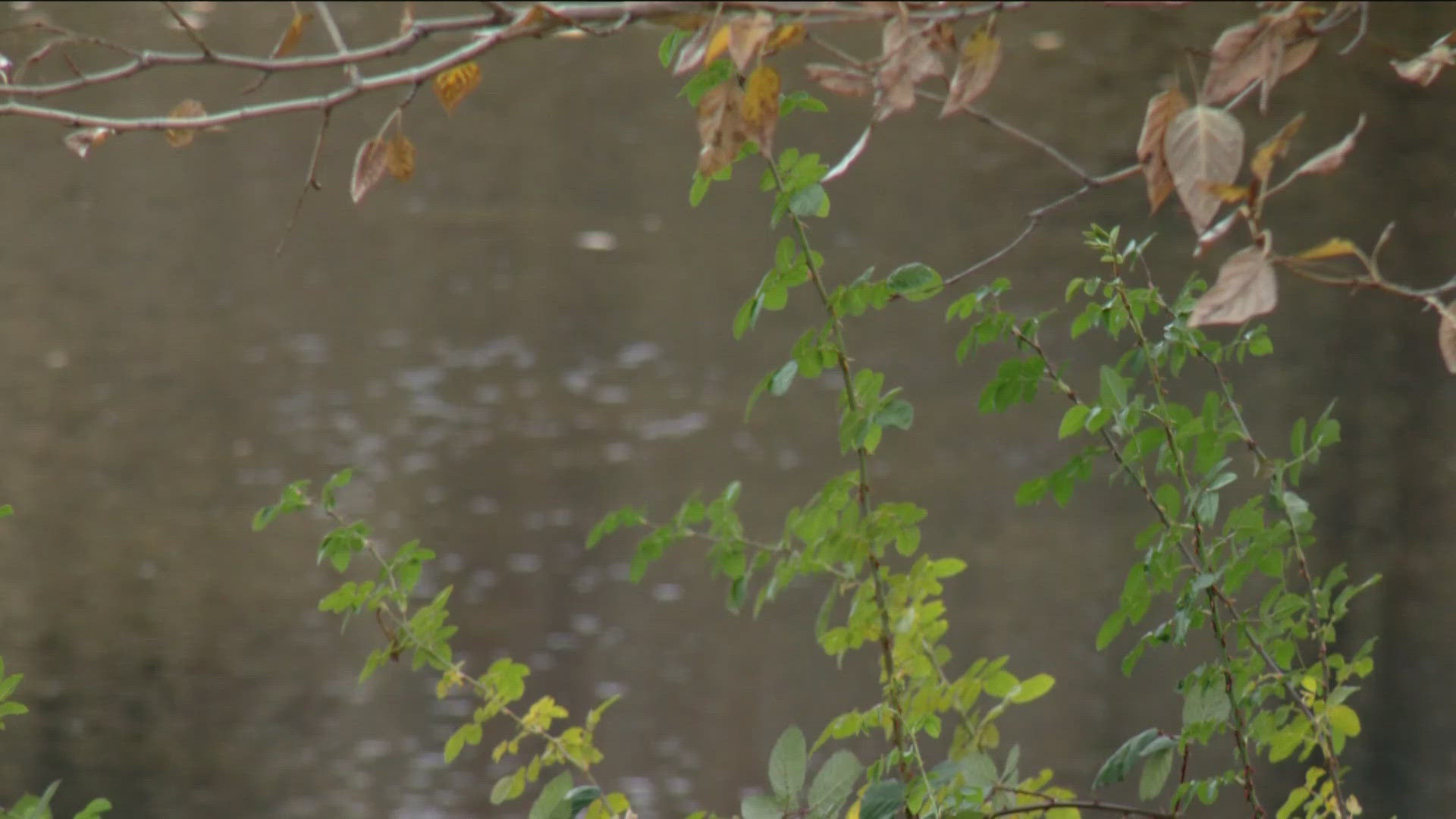BOISE, Idaho — U.S. officials have released an environmental study for a proposed nuclear test reactor to be built in eastern Idaho that backers say is needed to revamp the nation’s fading nuclear power industry by developing safer fuel and power plants.
The U.S. Department of Energy earlier this month released the environmental impact statement for the Versatile Test Reactor that would be the first new test reactor built in the U.S. in decades. Scientists have said it could help lead to new nuclear reactors and reduce the use of fossil fuels blamed for global warming.
The environmental impact statement noted that the reactor would produce spent nuclear fuel beyond 2035, going past a deadline the Energy Department has with Idaho concerning spent nuclear fuel at the site. The document states that the Energy Department would explore possible approaches with Idaho regarding that issue.
The document also said that new structures would cover about 25 acres (10 hectares) and produce spent fuel that would be treated and packaged at the site and placed on a spent fuel pad pending shipment off the site.
Energy Department officials have praised the project.
“VTR will provide U.S. researchers from industry, academia, and our national laboratories with a critical tool for developing transformational technologies that will expand nuclear energy’s contribution to abundant, carbon-free energy,” Kathryn Huff, assistant secretary for the Energy Department's Office of Nuclear Energy, said in a statement.
She added: “VTR’s contribution to the fight against climate change begins with our commitment to designing, constructing, and operating the VTR in a way that protects the environment and nearby communities.”
Federal officials have said the proposed test reactor would help create new and safer fuels, materials and reactors being developed by civilian companies in the U.S. About 20% of the nation's energy comes from about 100 nuclear power plants.
The reactor would give the nation a dedicated “fast-neutron-spectrum” testing capability. Such reactors are called fast reactors. The advantage of such a test reactor, scientists say, is that fast neutrons have a higher energy level and speed the testing of materials, fuels and instruments needed in a new wave of planned commercial nuclear reactors.
The disadvantage of such reactors, other scientists have said, is that they are cooled with harder to control liquid sodium and fueled by plutonium, increasing potential nuclear terrorism risks because plutonium can be used to make nuclear weapons. Critics also say they produce waste even more hazardous and difficult to dispose of than conventional reactors.
U.S. officials have said Russia, China and India already have such test reactors.
Plans call for building the reactor at the Energy Department’s 890-square-mile (2,300-square-kilometer) site that includes the Idaho National Laboratory by the end of 2026. Construction of the proposed reactor depends on funding from Congress.
Scientists at the Idaho National Laboratory earlier this year completed a rare overhaul of the Energy Department's Advanced Test Reactor, one of the world’s most powerful nuclear test reactors.
And in 2018, the Energy Department restarted the Transient Test Reactor at the Idaho National Laboratory to test new nuclear fuels. That facility had been on standby since 1994.
Watch more Local News:
See the latest news from around the Treasure Valley and the Gem State in our YouTube playlist:



